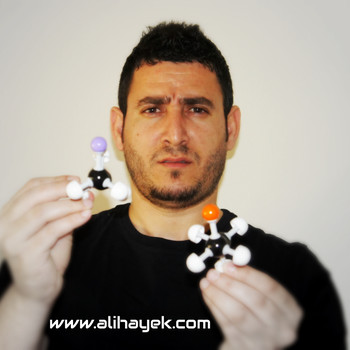Question #961df
2 Answers
Boyle's law holds that for a given quantiy of gas,
Explanation:
Given that
So, for a given quantity of gas at constant temperature,
Explanation:
Boyle's law states: At constant temperature, and for the same gas in a container,
Therefore,
Since the pressure is doubled, thus
Therefore, according to Boyle's law, when the pressure is doubled, the volume is halved.


